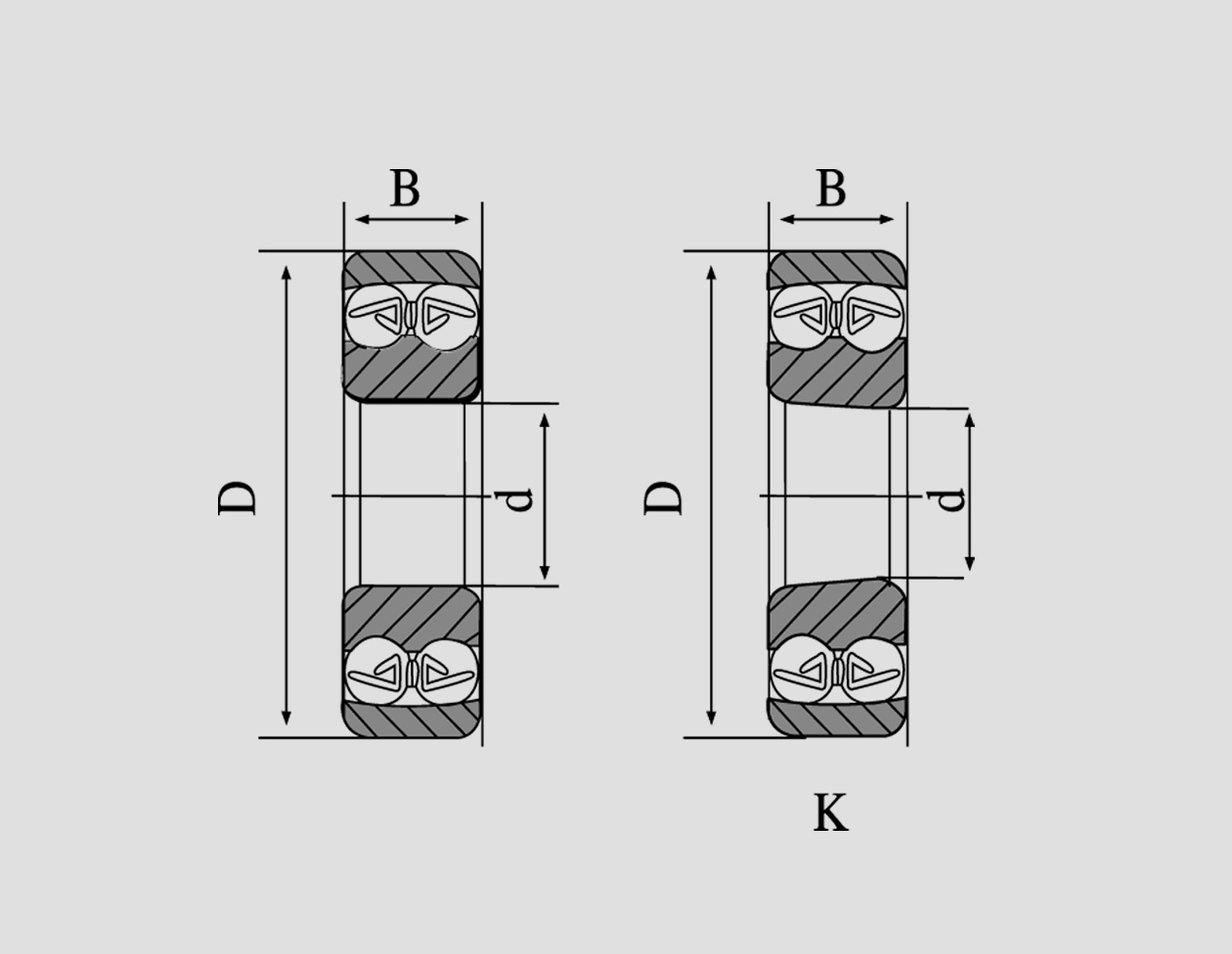
Nov . 09, 2024 17:20 Back to list
Guide to Proper Installation of Tapered Roller Bearings for Optimal Performance
Installation Guide for Taper Roller Bearings
Taper roller bearings are widely used in various applications due to their ability to handle both radial and axial loads. Proper installation is crucial for ensuring the longevity and efficiency of the bearing. In this article, we will outline the steps and considerations for the installation of taper roller bearings.
Understanding Taper Roller Bearings
Taper roller bearings consist of an inner ring, an outer ring, tapered rollers, and a cage. The design allows the rollers to make contact with the raceways at a precise angle, distributing loads effectively and reducing friction. Common applications include vehicle wheel hubs, gearbox shafts, and heavy machinery.
Preparation for Installation
1. Cleaning Before installation, both the bearing and the housing should be clean. Any debris or contaminating substances can drastically affect the performance of the bearing.
2. Inspection Inspect the bearing and its components for any signs of damage or wear. Look for scratches, pitting, or rust that may compromise bearing integrity.
3. Tools Needed - Torque wrench - Bearing press - Heat source (optional) - Measuring tools (caliper, micrometer) - Lubrication for bearings
Installation Steps
1. Check Dimensional Tolerances Before beginning installation, make sure that the housing and shaft are within the specified tolerances. Proper fit is critical for optimal bearing performance.
taper roller bearing installation

2. Heating the Inner Ring If necessary, slightly heat the inner ring of the bearing. The recommended heating process is to use an oil bath or an induction heater. This ensures the inner ring can easily slide onto the shaft. However, avoid overheating, as it can alter the properties of the bearing materials.
3. Pressing the Bearing Using a bearing press, carefully install the heated inner ring onto the shaft. Ensure that the force is applied evenly to avoid damaging the bearing. Press until the bearing is firmly seated on the shaft.
4. Installing the Outer Ring Place the outer ring into its housing. Similar to the inner ring, this may also require heating for easier installation. Make sure the outer ring is level and aligned to avoid misalignment.
5. Setting Axial Clearance Taper roller bearings require a certain amount of axial clearance for proper operation. Adjust the axial preload according to the manufacturer's specifications using a torque wrench. Excess preload can cause excessive heat and premature failure.
6. Lubrication Apply the appropriate lubricant to the bearing. This can be grease or oil, depending on the application. Ensure an even application and avoid over-greasing, which can lead to overheating.
7. Final Inspection Once installed, rotate the bearing to ensure smooth operation. Listen for any unusual noises that may indicate improper installation. Check for any play or movement that shouldn’t be present.
Post-Installation Maintenance
Once the taper roller bearing is installed, routine maintenance is essential for its longevity. Regularly check the lubrication level and inspect for wear or damage. Keeping an eye on operating temperatures can also help in identifying potential issues early.
Conclusion
Installing taper roller bearings correctly is paramount for achieving optimal performance and durability. By following the outlined steps and ensuring thorough preparation, one can successfully install taper roller bearings and prevent premature failure. Remember that proper maintenance and monitoring after installation will contribute significantly to the bearing's lifespan and efficiency.
Latest news
-
Spherical Roller Bearings Applications: Heavy Duty, Self-Aligning
NewsAug.30,2025
-
Premium Deep Groove Ball Bearings | High Speed & Reliability
NewsAug.29,2025
-
Durable Scaffolding Clamps - Secure & Reliable Tube Connectors
NewsAug.28,2025
-
Common Failures in Thrust Ball Bearings and Solutions
NewsAug.22,2025
-
How Tapered Roller Bearings Can Take Shock Loads
NewsAug.22,2025
-
Angular Bearings in High-Precision Spindles
NewsAug.22,2025
